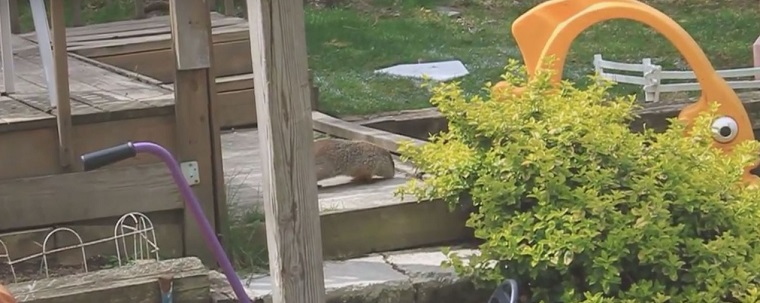-
info@aaanimalcontrol.com
Call us for help in your town
Humane Wildlife Education
Different Types of Beaver Repellents and how they work.
The most effective form of beaver repellents is a fence. A high enough fence will keep them out, and it’s a really good idea to have some sort of fence perimeter if you live close to a body of water. This isn’t just for beavers, but for other animals too.

There are many ‘beaver repellents’ out there, some of which can be bought from hardware or DIY stores, and some of which are even homemade remedies that have been passed down through the ages. One example of the latter is a combination of sand and paint mixed together and applied to the worst affected areas. Whilst not exactly the most aesthetically pleasing route to take, it certainly seems to do the trick … on occasion. Although not a guaranteed, foolproof way to keep beavers out of your land, it certainly works some way to stopping the beavers from chewing on the trees you’re trying to protect.
You simple mix sand and paint together and then paint onto the trees that seem to be the hardest hit. It won’t just be for food that these animals go after the trees for, so even dead trees can be attacked. The materials that the beaver chooses not to eat will be used as material within their dam.
The sand and paint mixture should be applied a good four or five feet high, from the bottom of the tree upwards. You will also need to reapply it every now and again. We recommend giving it a good initial coat, waiting for that to dry, and then giving the tree another coat of the mixture to make sure everything is well protected.
Why does it work? Well, it doesn’t always work, but it CAN work. When it does work, it's because the beavers don't like the way the gritty material feels on their teeth while they’re gnawing on the bark. If it doesn’t feel nice, they won’t want to keep doing it. They’ll move on to find a tree that doesn’t have the same covering. If all the trees are protected on your land, they will generally choose to leave all trees alone.
Although not actually solving the problem (because there will still be beavers and, therefore, a beaver dam somewhere near your home), it can start protecting the things that you’d rather weren’t destroyed in your yard.
There are some commercially sold beaver repellents that you can try as well, usually relying on taste aversion, rather than feel-aversion (as with the sand and paint mixture). There are even some that smell bad to the animal. In fact, there’s quite a wide range on offer, with organic barrier products alongside products that offer a bad taste, a bad sense of touch, and a bad smell, all in one.
You should take all nuisance wildlife repellents with a pinch of salt. As a general rule, you should always choose more than one method of wild animal control to make sure that you get the job done. On top of that, you should always look at protecting your home and making modifications (where necessary) rather than trying to encourage the critter away with something you can spray or sprinkle around. What you must remember is that beavers are just one part of a very big problem. We are taking away much of the natural habitats these creatures would normally hunt out and, because of that, they have had no choice but to move on in with us. If it's not a beaver coming in to take a closer look, it won't be long before it’s another nuisance wild animal. Next time, however, it might not be a beaver -- an animal that would prefer to stay away from you than come closer. It could be a coyote, a raccoon, a skunk, opossum, rat, mouse … In fact, we could be here for sometime if we were to list all the potential nuisance wildlife concerns faced by North American home and landowners.
Read more about How to get rid of beavers.
For more information, you may want to click on one of these guides that I wrote:
How To Guide: Who should I hire? - What questions to ask, to look for, who NOT to hire.
How To Guide: do it yourself! - Advice on saving money by doing wildlife removal yourself.
Guide: How much does wildlife removal cost? - Analysis of wildlife control prices.


















